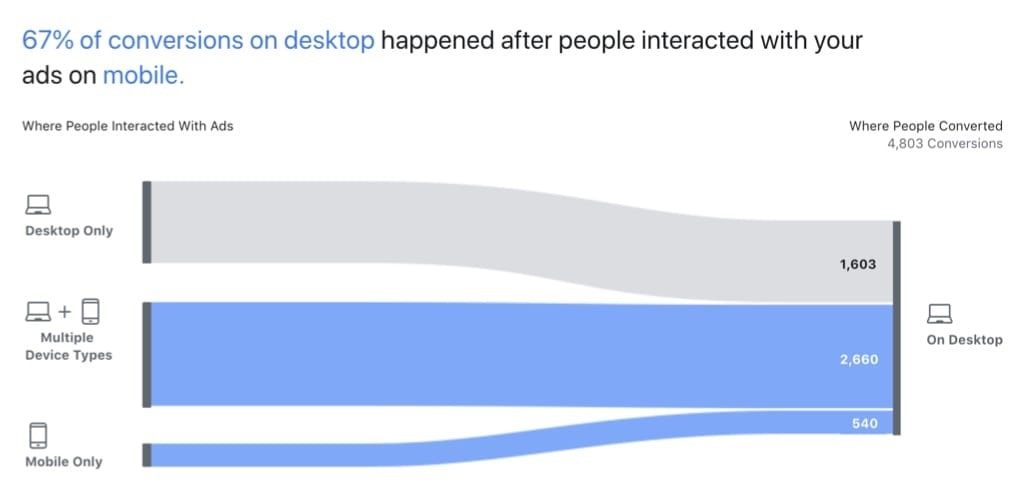5 Reasons You Should Be Using Facebook’s New Attribution Tool
Facebook answers one of marketing’s biggest issues right now: attribution.
Accurately matching purchases to the marketing channels that caused them can be difficult. Especially when customers interact with multiple devices and advertising platforms before making a purchase.
Meanwhile, tracking in-store purchases from online ads is a whole other can of worms!
That’s exactly why Facebook has created their new attribution tool. Using tracking pixels, it measures conversion data across devices, channels and campaigns so that you can now:
- Measure the full conversion path for your business
- Keep track of the true impact of your marketing across channels and devices.
- Measure the impact of your ads on and off Facebook
- Discover high-converting marketing channels, sources and campaigns
- Track the customer journey across mobile and desktop
Here are 5 reasons you’ll want to start using Facebook attribution immediately.
1. Do you want the good news, or the good news? You can now start tracking the in-store sales that have resulted from your ads!
Facebook’s new attribution tool is clearly competing with Google Analytics with its new capabilities. An advantage that Facebook has over Google, is that people must be signed in (with their e-mail address) to use it.
That makes it possible to track the physical, in-store sales that have resulted from your Facebook ad campaigns! Needless to say, we’re excited.
Here’s how you make use of this omni-channel feature!
- Collect customer e-mail addresses with every in-store (offline) purchase
- Upload it into your Facebook advertising platform
- Then attribution tool can easily cross check those e-mails to see which of your customers had previously engaged with their ads.
Combine that with new ways to slice and dice your cross-channel data, and Facebook has answered all your attribution dreams (so far!). Have a chat with our performance team if you’re eager to set up offline sales tracking right away!
2. Get a break-down of channels (paid, organic and direct) that drove your conversions.

Image from Facebook Business.
3. Track the sources of your conversions and visits, e.g. Facebook and Google

Image from Social Media Examiner.
4. Uncover the top marketing campaigns that drove your conversions

Image from Social Media Examiner.
5. Find out whether people interact with your ads on multiple devices and compare conversion flows across mobile and desktop.

Image from Facebook Business.
Attribution buffs read on: here are some additional new features available!
There are now a larger range of attribution windows and models that were previously available on the Facebook platform.
Extended Attribution Windows
An attribution window is the period of time that you want to measure clicks and conversions from your ads for. Businesses with long conversion paths will be happy to see the new 90-day window available.
The attribution windows now include:
- 1-day
- 7-days
- 14-days
- 28-days
- 30-days
- 90-days
New Attribution Models
Attribution models allow you to give credit for ad conversions differently.
Customers will normally interact with multiple ads and brand touchpoints before converting. Some attribution models will give credit to the first and last touch points, while others will spread the credit evenly.
Previously, only the last click model was available in Ads Manager reporting. This means that the last ad or touchpoint that they clicked on was given full credit for the subsequent conversion.
However, maybe you also want to give credit to the first ad that a customer saw. It did set the great first impression, right?
Therefore, the seven attribution models now available include:
- Even credit
- Last click or visit
- Last touch
- Positional 30%
- Positional 40%
- Time Decay 1-Day
- Time Decay 7-Day
Ready to master Facebook attribution and gain omnichannel insights? Get in touch with one of our performance experts today!